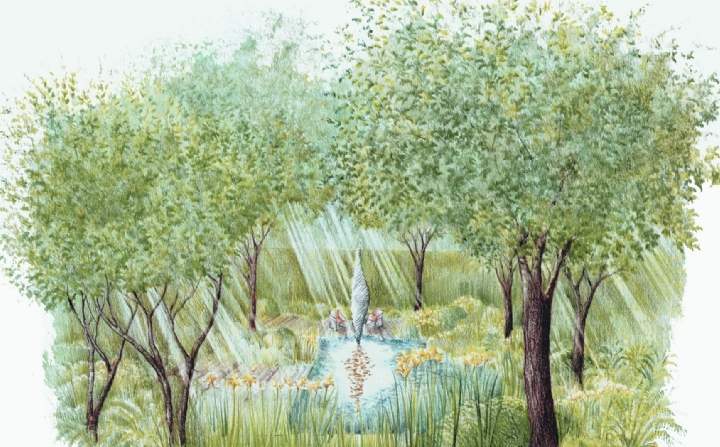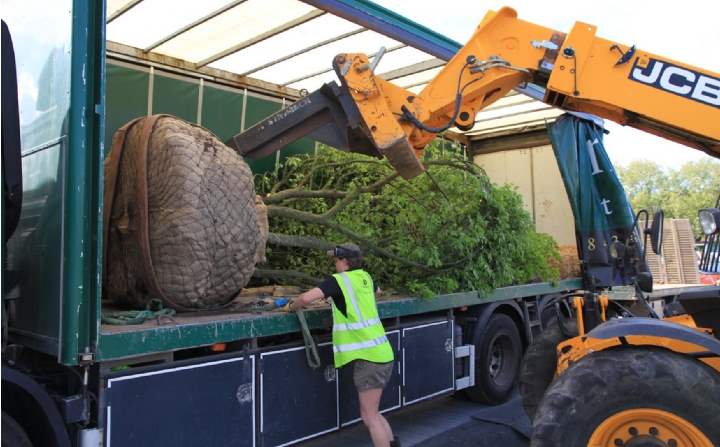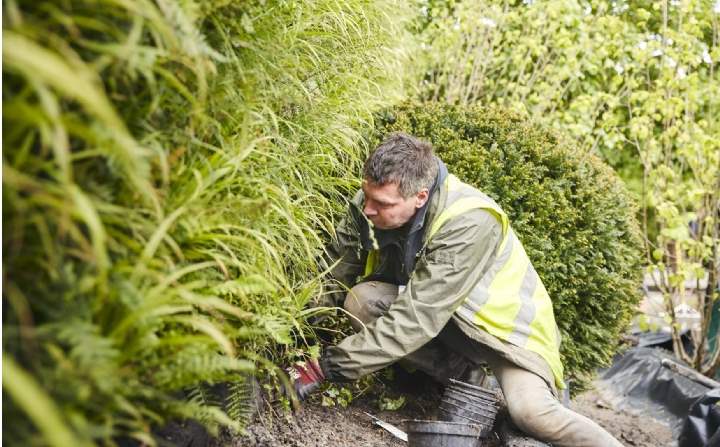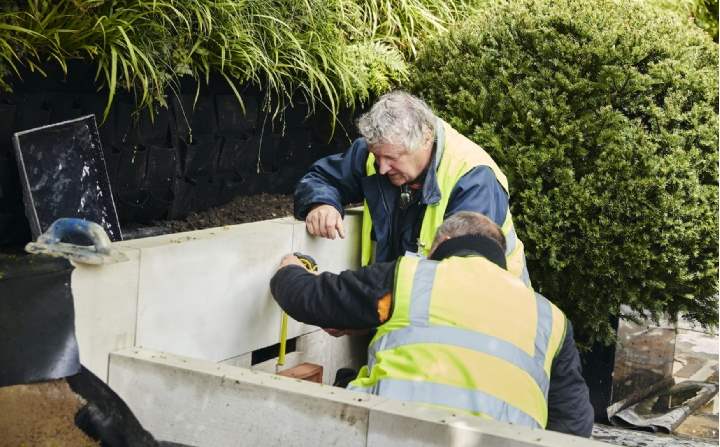RHS Chelsea Flower Show is by far and away the world’s most prestigious garden show. It’s true horticultural theatre and, in the same way that conventional arts have their behind-the-scenes reality, so does Chelsea.
There is a labyrinth of tunnels, pathways, storerooms and sheds that act as refuge and sanctuary for all who are engaged in front of house on the gardens.
The drama of the medals and the elation of the winners is often seen on camera. It’s the highlight of many careers. Less obvious is the garden’s backstage area where the emotion of disappointment can be shielded from prying eyes.
A show garden is the sum of many parts: from the marketing and PR right through to the passion with which individual species of plants are painstakingly selected. What is extraordinary about the build-up to RHS Chelsea Flower Show – and this has absolutely not diminished in the 20 plus years that I’ve been participating – is the genuine sense of camaraderie between all players.
For instance, a contractor whose van and equipment were stolen one year had dozens of offers of help with equipment and labour despite the fact they are potential competitors. This sense of fellowship is born out of a shared passion, as well as the knowledge that we are fortunate enough to be working in a gentle industry.
At the end of last year’s Chelsea, everyone was exhausted and there was a general chorus of ‘never again’. But it’s only a matter of weeks – if not days – before the Chelsea buzz reels you back in.
This is our second year partnering with Savills and our second Main Avenue Show Garden. Last year, our partnership with Savills was serendipitous and, hopefully, symbiotic. The joy of the Show Garden was for both parties to engage with our clients directly – and importantly to offer the visitor that VIP moment of one-to-one interaction with the garden, the sculpture and the teams behind it.
Our brief this year came out of Savills research around the urgent need for urban greening solutions. We wanted our garden to celebrate the environmental benefit and beauty of trees, plants and grass in urban spaces.
We found the perfect team to come together on the project. Andrew Duff, MSGD, has an ethos and spirit that struck a resounding chord with both us and Savills. His design for the garden has been endorsed by the Environmental Change Institute, part of the University of Oxford.
Every tree and plant Andrew has selected for the garden removes pollutants from the air. The large bio-diverse trees absorb CO2 and help cool the air. A purifying wetland area at the centre filters grey water and permeable surfaces prevent flooding. A green wall – possibly the largest ever presented at Chelsea – features eight different British native varieties that help reduce air pollution.
In the same way, the calming, therapeutic qualities of nature have formed the inspiration for my own sculpture pieces. At the centre of this year’s garden, I’ve created a new piece, which references the form of a leaf, with its purifying and filtering qualities.
It almost feels as if we were slightly ahead of the curve in terms of our vision for the garden and the recent media around climate change. Both Savills and the David Harber team have felt that by working with Andrew Duff and all our incredible suppliers, we could shine a light on the subject and the role of nature in re-invigorating and sustaining our urban lifestyle.





.jpg)


(2).jpg)
.jpg)
.jpg)




.jpg)
.jpg)